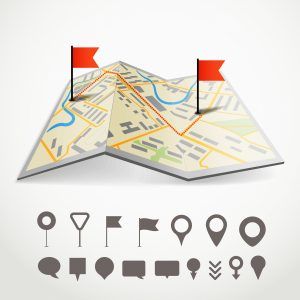At Skypatrol, we understand the importance of premier-quality, long-lasting, and highly accurate GPS systems, and the benefits they can bring to your family or your business. That’s why we’re in the business: to provide our customers with great GPS tracking solutions that help you locate what’s most important to you.
But how does GPS really work? As GPS experts, we’ll break down the basic operations, history, and common uses of GPS for your better understanding.

